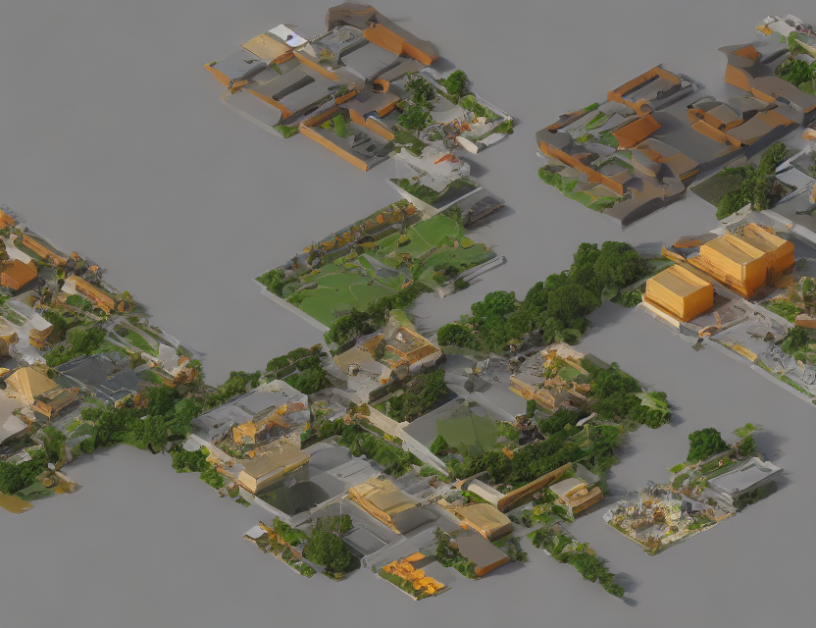In this paper, the authors aim to address the challenge of transferable recommendation across multiple domains in real-world service platforms. They propose a novel approach that leverages entity graphs to bridge the domain gap and improve the accuracy of recommendations. The key contributions of the paper can be summarized as follows:
i) The authors identify the practical challenges of transferable recommendation in real-world applications, which are mainly caused by the large size of entity graphs and the complexity of capturing users’ underlying preferences.
ii) They propose a novel approach that deconstructs user behaviors into different domains, allowing the entity graph to serve as the critical "bridge" across multiple domains. This enables the transfer of knowledge between domains and improves the accuracy of recommendations.
iii) The authors also highlight the importance of scenario-based context in capturing users’ underlying preferences, which is incorporated into the user representation in an adaptive manner.
To demystify complex concepts, let’s use some everyday language and analogies to help illustrate the ideas presented in the paper. For instance:
- An entity graph can be thought of as a web of interconnected information, similar to how our brains process and connect complex information.
- The domain gap can be compared to a chasm between two mountains, where transferable recommendation is like building a bridge across the chasm to enable knowledge sharing between the two mountains.
- Scenario-based context can be likened to a map that guides us through different situations and preferences, much like how we use maps to navigate through unfamiliar territories.
By using these analogies and everyday language, we can better understand the novel approaches proposed in this paper and their potential to improve the accuracy of recommendations in real-world service platforms.



